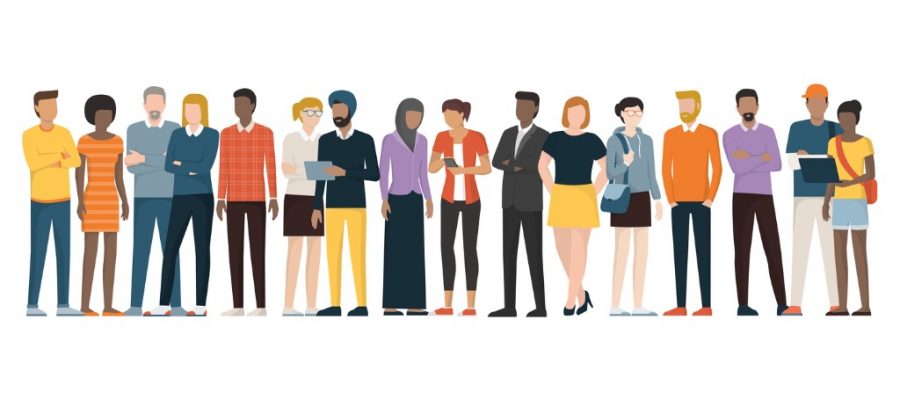Diversity and inclusion are dominant themes in the workplace. Research has shown they are associated with higher levels of performance. The US workforce is seeing a shift to increased levels of diversity as women, minorities, and young people take over leadership roles.
Companies are working to embrace this reality and monitor diversity metrics. Often metrics address diversity in terms of employee representation, retention, recruitment, staffing and training. This rise in diverse leadership puts people into roles that are not as ingrained in the status quo. A vast number of missing perspectives now become available.
Each diversity group has their own strength. Women have many well-studied advantages as leaders such as engaging and developing others. While diversity often focuses on things like gender and race, diversity and inclusion also cover aspects such as age, socioeconomic background, religion and education.
Diversity and inclusion is not about these differences. Instead, it is what promotes a diversity of ideas. Diversity can make groups awkward at first - and partially for this reason. It is natural because people naturally notice differences and react adversely. Evolutionary psychologists think it was useful for human survival thousands of years ago.
Even though our brains have evolved, these instincts have not gone away. This can pose a challenge to newly diverse groups. These teams take time to get comfortable identifying, validating, and celebrating differences and what they offer. Smart organizations know this and actively address this condition.
Intelligent organizations make diversity and inclusion strategic priorities. Progressive companies want more diversity early on as norms are being established. Future success will depend on it.
If diversity is not the norm, training efforts should be put in place to educate and motivate. Most start with awareness based training efforts designed to build knowledge and sensitivity. This can uncover cognitive biases such that they can be addressed. There are also skill-based trainings designed to help with communication techniques and knowledge of conflict management.
Leaders must model the way diversity and inclusion enhance the team. If these considerations are clear in decisions, it becomes the business norm. Diversity and inclusion are a core part of team dynamics and celebration - and sustains organizations into the future.
